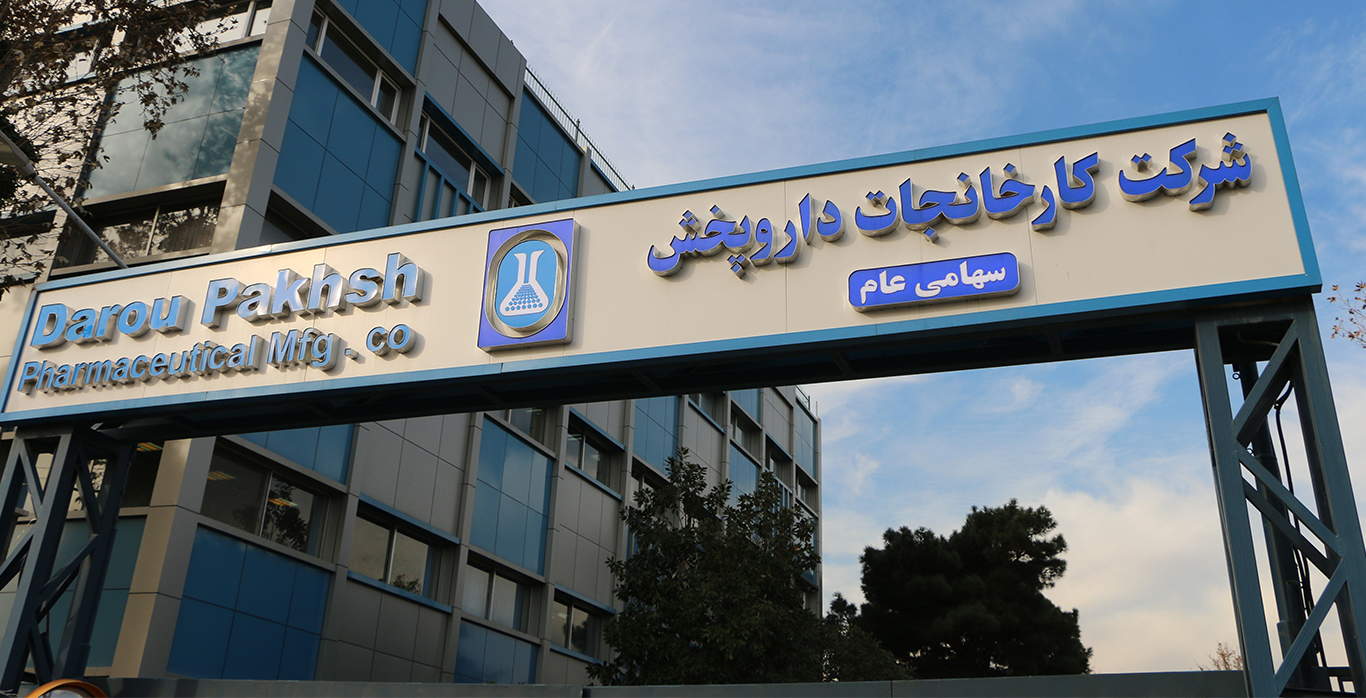Sulfasalazine
- Sulfasalazine
- Salas®
- Tablet
- 500mg
- Blister
- 100 Tablets
-
• Ulcerative Colitis
Mechanism of Action
Sulfasalazine is a prodrug that is metabolized to its active components, sulfapyridine and 5-aminosalicylic acid (5-ASA), beneficial effects are predominantly from the anti-inflammatory properties of 5-ASA, which inhibits leukotriene synthesis and lipoxygenase
Pharmacokinetics
Bioavailability: <15% of parent drug, 60% (sulfapyridine), 10-30% (5-ASA)
Peak plasma time: 6 hr, 10 hr (sulfapyridine and 5-ASA)
Excretion: Urine, Feces
Contraindications
• Hypersensitivity to sulfasalazine or its metabolites, to sulfonamides, or to salicylates
• Intestinal or urinary tract obstruction
• Porphyria
Adverse Reactions
Anorexia, Headache, Nausea, Vomiting, Gastric distress, Apparently reversible oligospermia
Major Drug Interactions
-
Warnings
• Only after critical appraisal should therapy be administered to patients with hepatic or renal damage or blood dyscrasias
Recommendations for Patient
• Sulfasalazine does not cure ulcerative colitis but it helps decrease symptoms such as fever, stomach pain, diarrhea, and rectal bleeding Test
Pregnancy Considerations
Category: B
Breastfeeding Considerations
Excreted into human breast milk, caution with breastfeeding.
Pregnancy Categories
A: Generally acceptable. Controlled studies in pregnant women show no evidence of fetal risk.
B: May be acceptable. Either animal studies show no risk but human studies not available or animal studies showed minor risks and human studies done and showed no risk.
C: Use with caution if benefits outweigh risks. Animal studies show risk and human studies not available or neither animal nor human studies done.
D: Use in LIFE-THREATENING emergencies when no safer drug available. Positive evidence of human fetal risk.
X: Do not use in pregnancy. Risks involved outweigh potential benefits. Safer alternatives exist.
NA: Information not available.

Sulfasalazine is a prodrug that is metabolized to its active components, sulfapyridine and 5-aminosalicylic acid (5-ASA), beneficial effects are predominantly from the anti-inflammatory properties of 5-ASA, which inhibits leukotriene synthesis and lipoxygenase
Pharmacokinetics
Bioavailability: <15% of parent drug, 60% (sulfapyridine), 10-30% (5-ASA)
Peak plasma time: 6 hr, 10 hr (sulfapyridine and 5-ASA)
Excretion: Urine, Feces
Contraindications
• Hypersensitivity to sulfasalazine or its metabolites, to sulfonamides, or to salicylates
• Intestinal or urinary tract obstruction
• Porphyria
Adverse Reactions
Anorexia, Headache, Nausea, Vomiting, Gastric distress, Apparently reversible oligospermia
Major Drug Interactions
-
Warnings
• Only after critical appraisal should therapy be administered to patients with hepatic or renal damage or blood dyscrasias
Recommendations for Patient
• Sulfasalazine does not cure ulcerative colitis but it helps decrease symptoms such as fever, stomach pain, diarrhea, and rectal bleeding Test
Pregnancy Considerations
Category: B
Breastfeeding Considerations
Excreted into human breast milk, caution with breastfeeding.
Pregnancy Categories
A: Generally acceptable. Controlled studies in pregnant women show no evidence of fetal risk.
B: May be acceptable. Either animal studies show no risk but human studies not available or animal studies showed minor risks and human studies done and showed no risk.
C: Use with caution if benefits outweigh risks. Animal studies show risk and human studies not available or neither animal nor human studies done.
D: Use in LIFE-THREATENING emergencies when no safer drug available. Positive evidence of human fetal risk.
X: Do not use in pregnancy. Risks involved outweigh potential benefits. Safer alternatives exist.
NA: Information not available.
Send to other people



